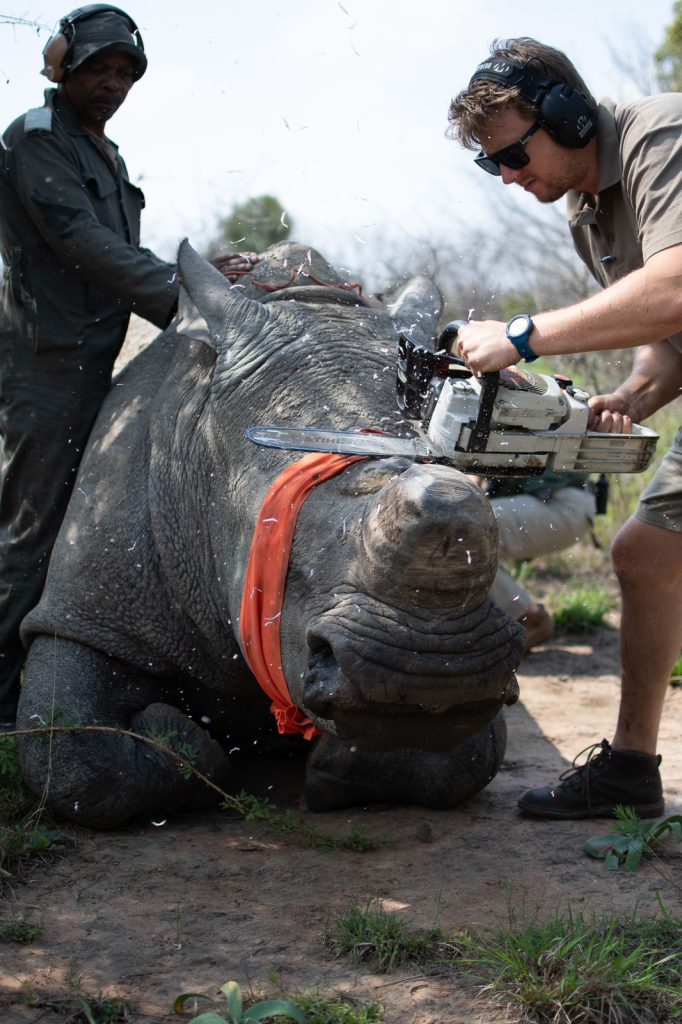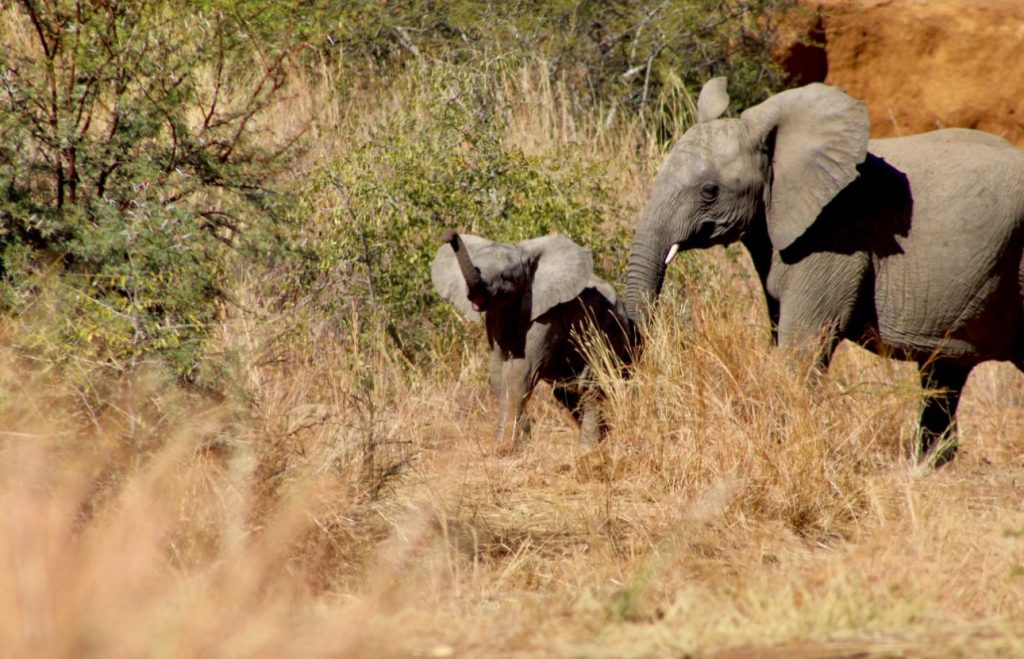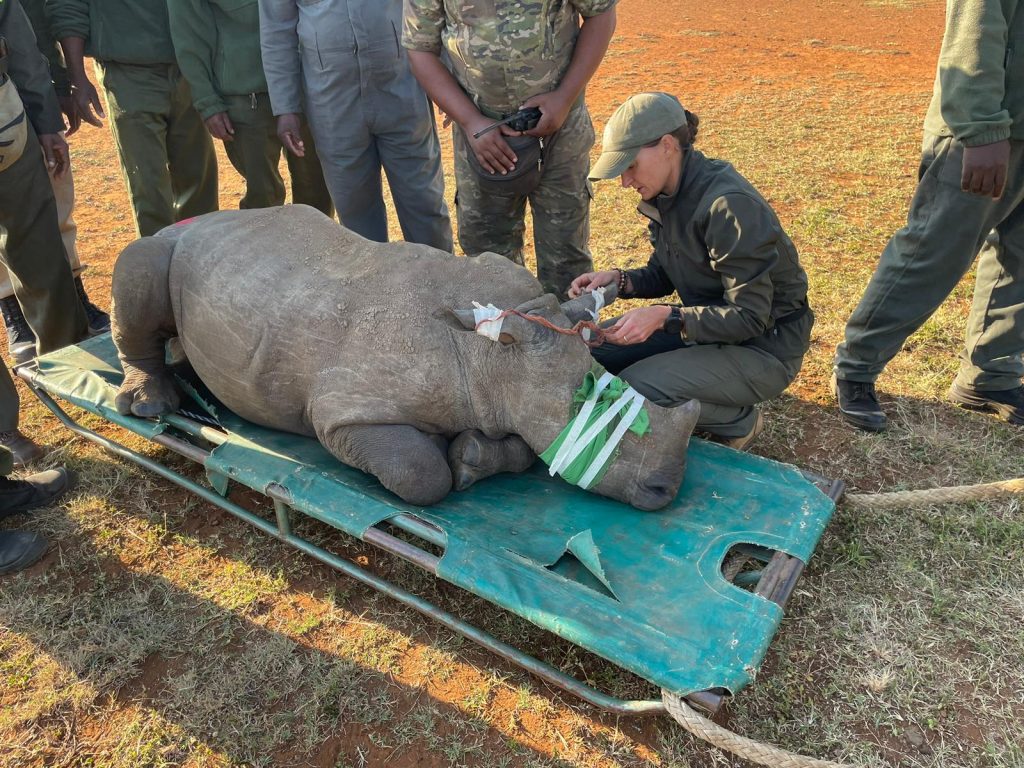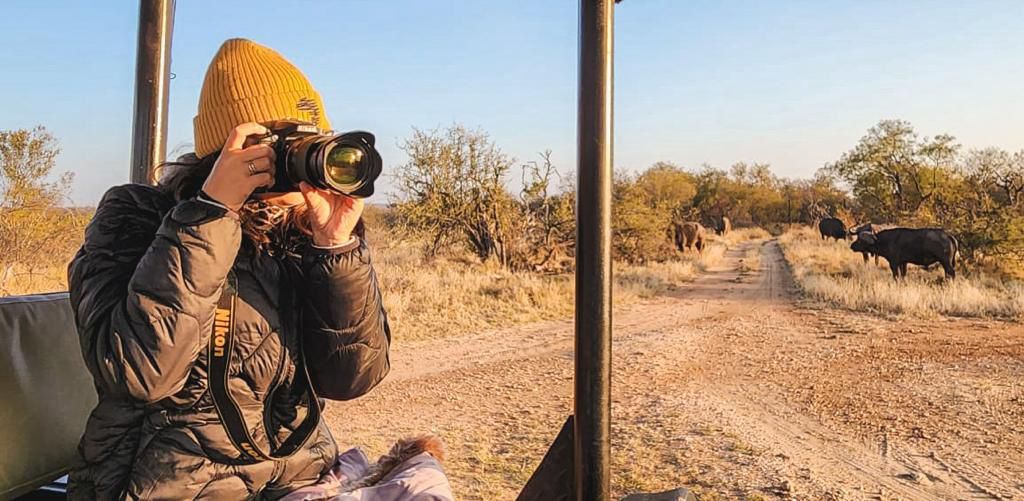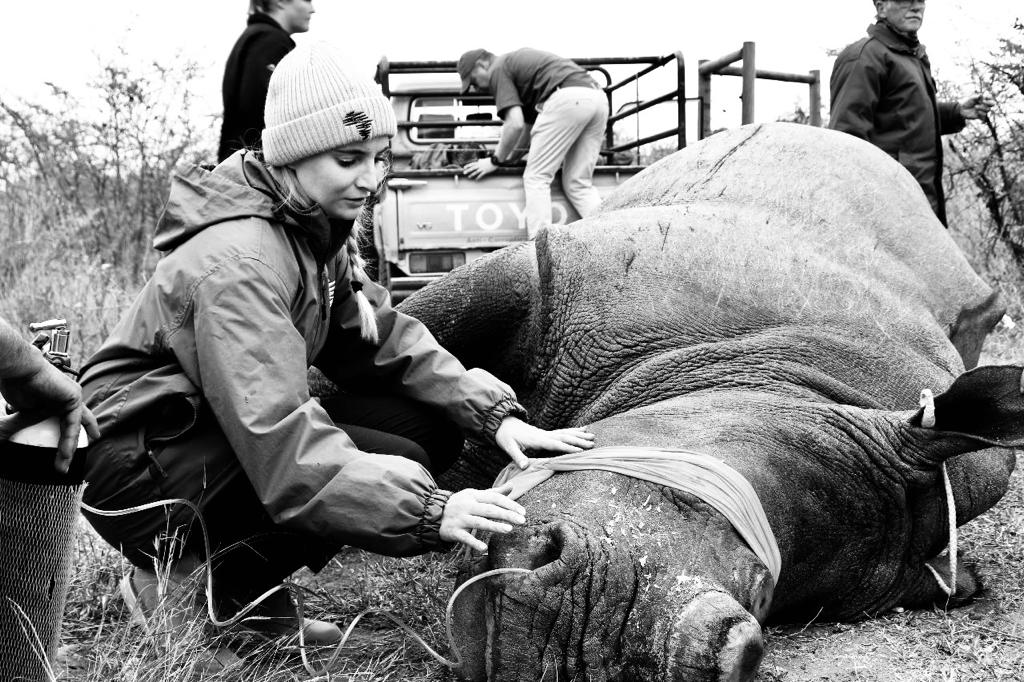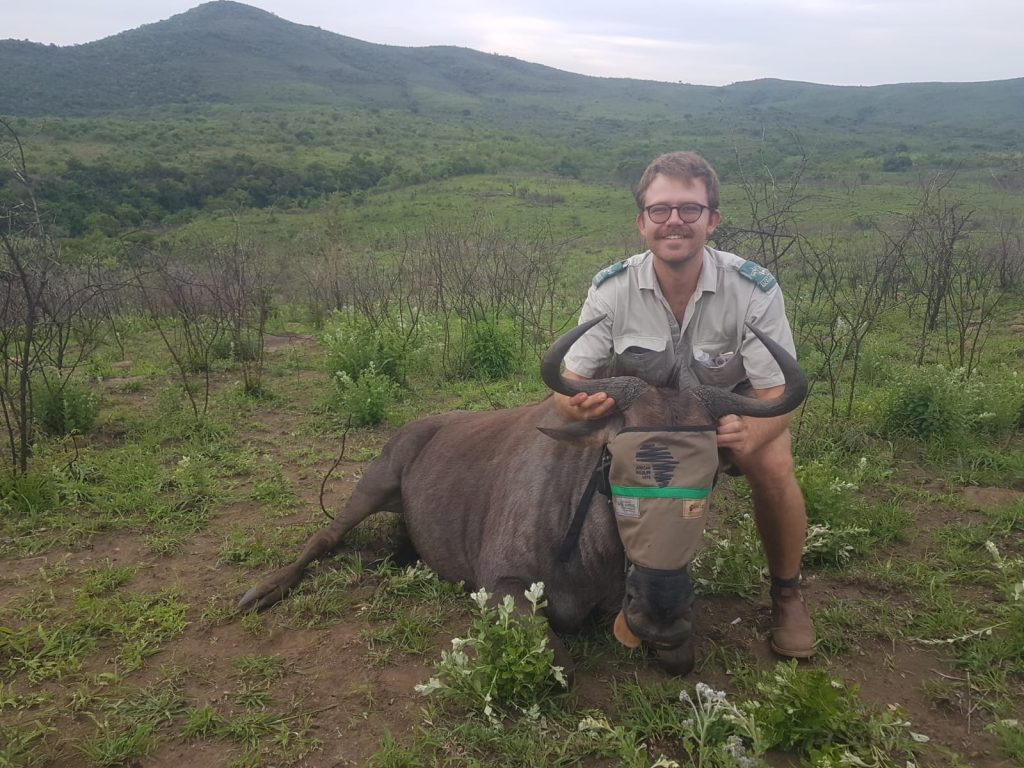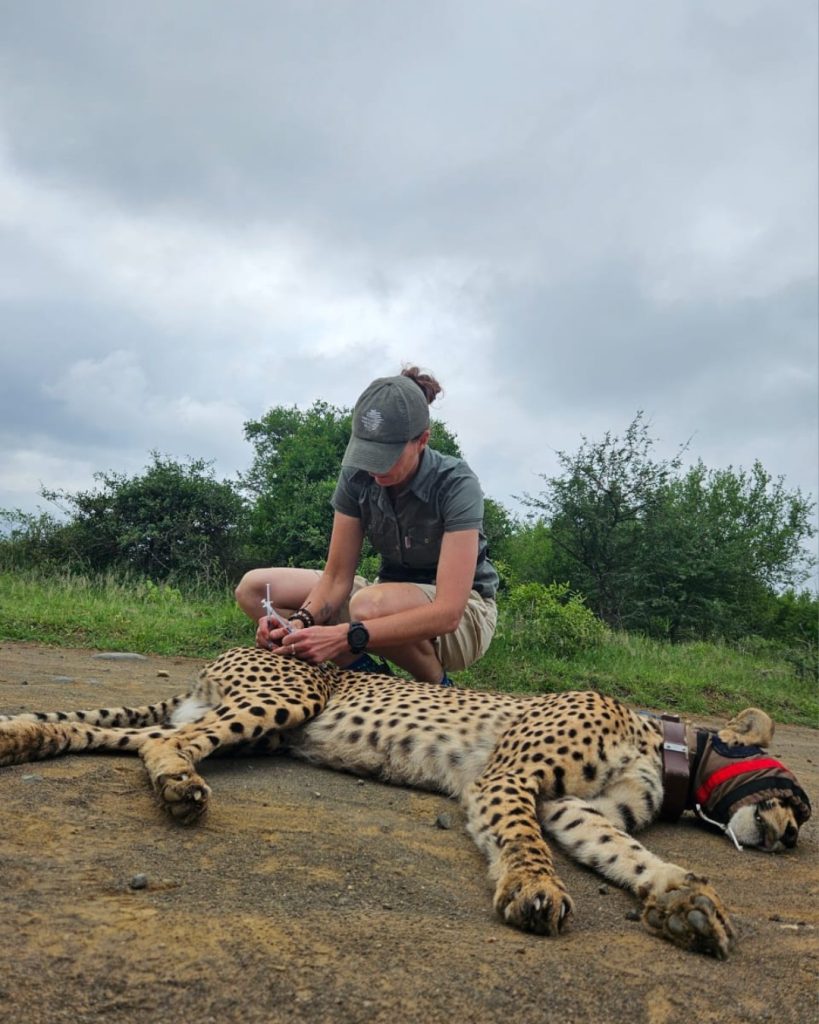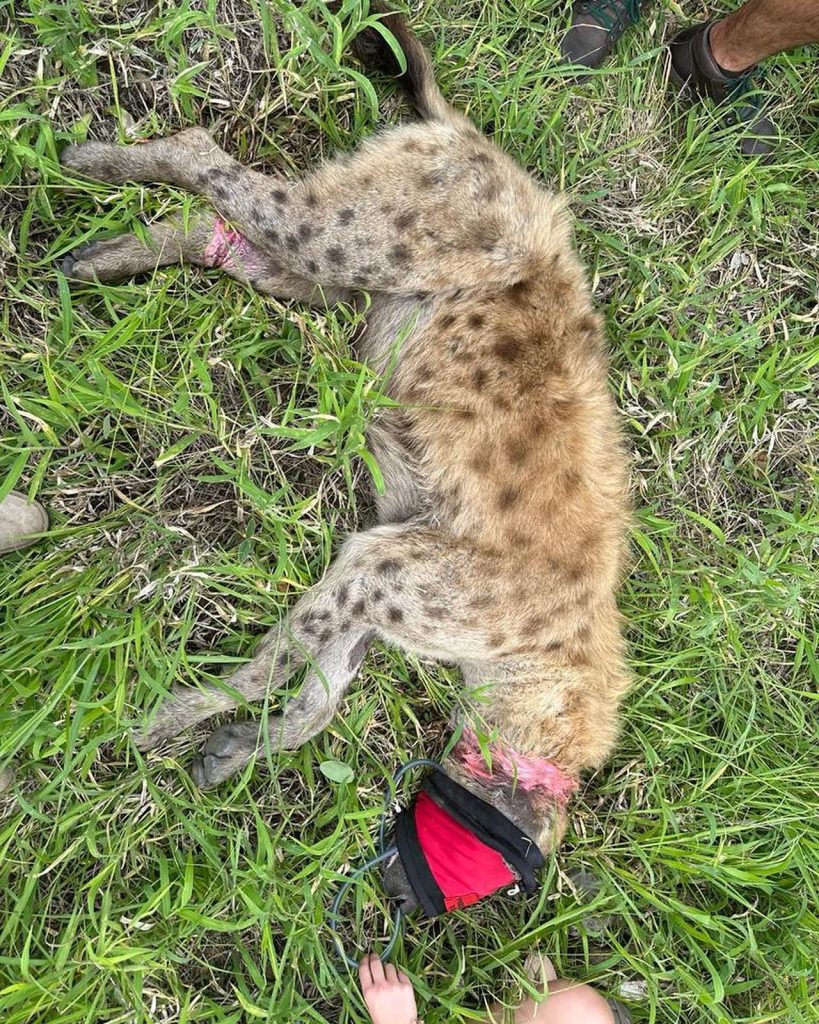When I started my career, I never thought that I would be taking a chainsaw to a rhino horn as much as we do, but then again, I never imagined I would see the absolute brutality that these animals go through. Rhino dehorning – what a bizarre concept. Removing a characteristic feature that makes a- continue reading –
Join us as we discover the important role female leaders play in the wild and how African Wildlife Vets works to protect these powerful matriarchs.
A conversation with Kate Church, founder and managing director of African Wildlife Vets, and Dr Jennifer Lawrence, wildlife veterinarian. Blogpost written by Mia Hordyk Where it all Started Seven years ago, 24-year-old Kate Church had a conversation with her mum that changed everything. After learning about Ezemvelo KZN Wildlife’s (EKZNW) budget constraints and the increasing- continue reading –
This article is written by Dr Jen Lawrence in response to the 8 rhino orphans that were located and rescued during Hluhluwe-iMfolozi Parks dehorning operation. Thanks to extensive helicopter coverage and aerial searches during the operation, the conservation teams were able to locate the rhino orphans. One of the most heartbreaking consequences of the poaching- continue reading –
Where else could you find more valuable advice on responsible game viewing than from wildlife vets, who have dedicated their lives to caring for animals in the wild? Discover essential tips for a safe and memorable safari experience with this comprehensive guide from our experienced African Wildlife Vets.
Author: Mia Hordyk Rhino dehorning is one of many conservation efforts aimed at protecting endangered species, and is often performed as a last resort, when all other measures of protection against poaching have been exhausted. With rhino poaching on the rise in South Africa, wildlife vets and conservationists have had to turn to dehorning to- continue reading –
A couple of weeks ago, Dr Jen Lawrence assisted with removing a snare off a wild dog. The snare had tightened around the wild dog’s neck and front leg leaving an awful open wound. The ecologist of the reserve, who has been intensely monitoring her recovery sent us an update this week, noting that she- continue reading –
Dr Max Krings assisted Ezemvelo KZN Wildlife and the French Academic Research Agency collar a wildebeest recently. The wildebeest cow was recumbent within 4 minutes after darting. As soon as she went down, Max rushed to her to position her into sternal recumbency. This is important to aid in breathing and subsequently oxygenation of the- continue reading –
Operational procedures for collaring predators vary based on species. Lions and hyenas are attracted using specific animal calls during night call-ups, employing distress calls of buffalo, wildebeest, or warthog for lions and a range of hyena calls for hyenas. Despite efforts, call-ups do not guarantee success, and veterinarians and conservation teams often spend hours waiting- continue reading –
A hyena was recently found in the northern Sabi Sands after crossing from Manyeleti, entangled with two snares. It had a double-looped copper snare around its neck and a cable snare around its hind leg. The snare rescue group (@africanwildlifevets, @wildwonderful_world, @down2the_wire and @blueskysociety) responded quickly to offer support and Dr Joel Alves ,@the_conservation_vet, successfully- continue reading –

